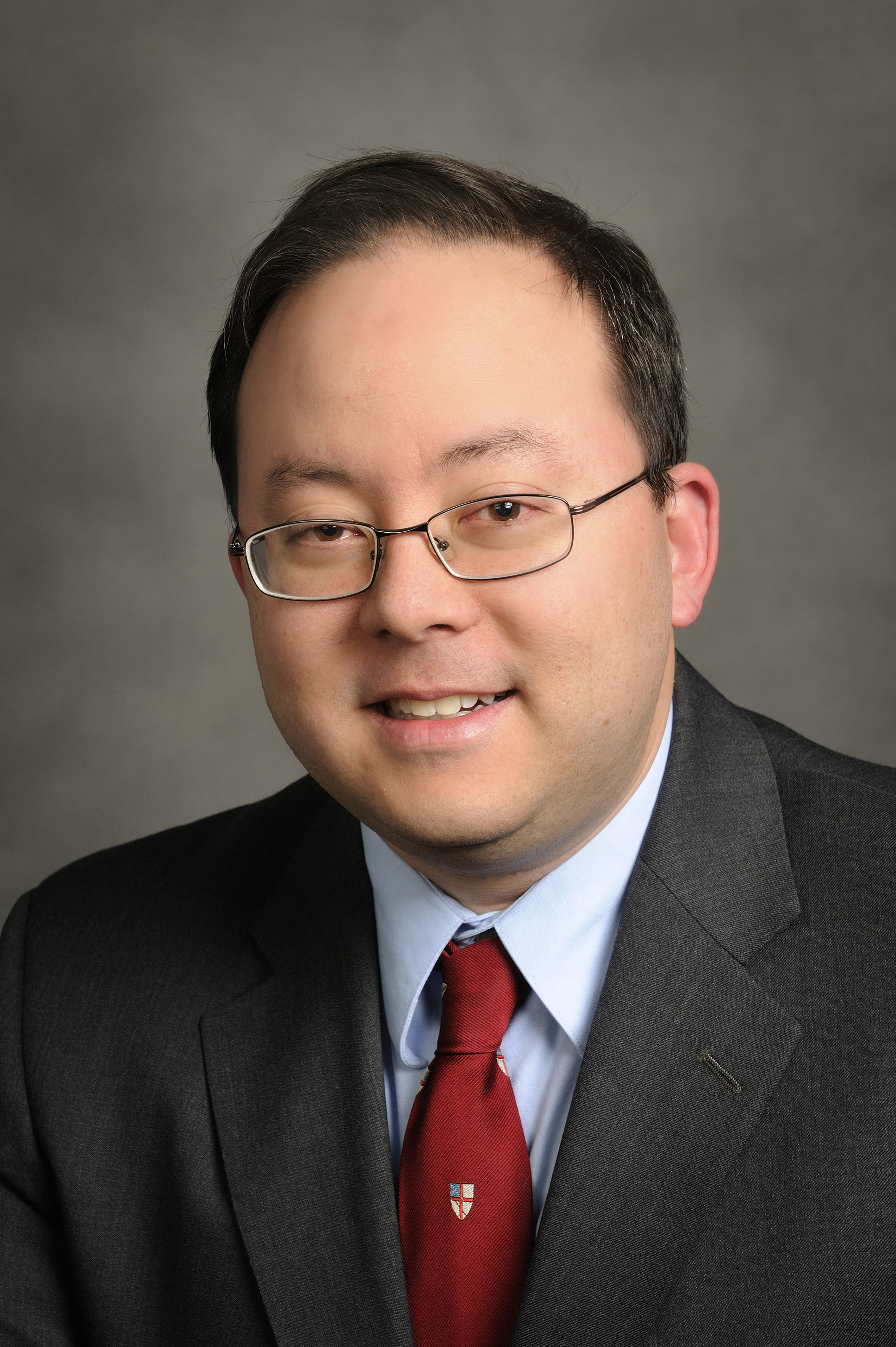Arlington Innovation Center receives U.S. Army contract to develop smartphone for military medics

The Arlington Innovation Center for Health Research has been awarded a contract from the U.S. Army Medical Research and Materiel Command to develop the MedicPhone, a field smartphone for military medics.
This project was supported through the Telemedicine and Advanced Technology Research Center Convergence and Innovation grants program. The new project is in part the result of several years of combat casualty care research by Seong K. Mun, director of the center, and Kenneth Wong, associate dean of the Graduate School for the National Capital Region.
The $2.2 million three-year research and development venture has two partners including Seoul National University of South Korea for Android expertise, and Starix Technology of Irvine, Calif., for ultra-wideband communications interfaces between the phone and field medical devices. The project expects to attract additional partners in the near future.
“We’ll be starting with state-of-the-art off-the-shelf components because there is just so much tech in the mobile phone market now there’s no reason to duplicate that effort,” explained Wong, the principal investigator of MedicPhone Project. “We will be responsible for the overall project with primary focus on requirement driven systems integration and testing with special emphasis on user interface to make sure the product is responsive and built around medical needs in the most demanding environment.”
The product Wong describes will likely be slightly larger and more robust than a cell phone, and will enable military medics to monitor patients without the equipment footprint usually associated with an intensive care unit. The idea is to create a hand-held device that can collect information on a patient’s condition from a variety of sources and provide medical teams access to this data in a single, portable display. This feature will allow medics to monitor a patient from another location, which is an important consideration when medics are charged with multiple patients in austere or even hazardous environments.
“Medics carry a lot of equipment already, so anything we can do to reduce weight and size is good,” Wong said. “The idea of a phone is a useful platform – there is a lot of computer power in a small space, and it’s a familiar technology, so when people pick this up they’ll be able to use it quickly.”
Mun envisions the phone will evolve into a hands-free mobile communication hub for medics in the military as well as emergency responders in the civilian community.
Wong said he sees a great deal of educational opportunities stemming from this project. Currently, he is developing a mobile health interdisciplinary graduate curriculum as part of the College of Science’s Biomedical Technology Development and Management master’s program.
Mun, who also serves as president and CEO of Open Source Electronic Health Record Agent (OSEHRA), plans to conduct software development in the open source community to draw on its many innovations in managing privacy, confidentiality, and security.
“The engagement with open source communities already active in mobile health technology within the OSEHRA development environment will ensure the availability of the best possible tools for MedicPhone that is designed to help save lives in extreme environments,” said Mun.




